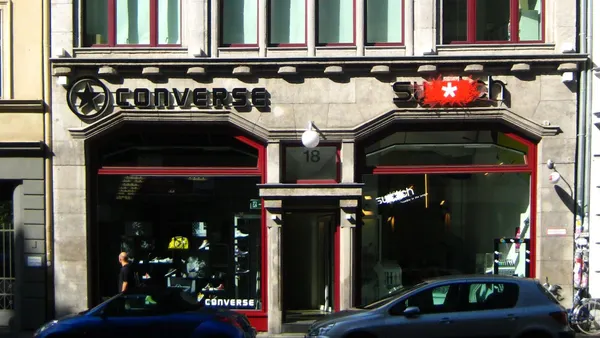It’s no secret that consumers are inundated with information whenever they venture online. Social media platforms, blog posts, email blasts and a seemingly endless universe of apps serve up more content than humans can possibly take in.
So where does that leave DTC brands that are looking to break away from competitors with top-quality content and educational offerings? In a good position — if it’s done right.
The key element for success is understanding the customer. Do they want to be inspired with aspirational editorial content, or do they need more nuts-and-bolts educational offerings? Either is fine, but the secret is figuring out which will resonate more with the customer.
Defining high-value content
Before offering shoppers a treasure trove of information, a brand must define what high-value content means for their customers. A fashion brand will want to offer something quite different than a home improvement retailer, for instance. But for most brands, high-value content is an offering that customers would consume even if it were not produced by the brand.
In the case of Weber grills, for example, high-value content skews more to the technical side. The company has a mid-sized product catalog, and its grills require a fair amount of explanation. As a result, the content on Weber’s blog is highly educational, with content addressing barbeque techniques, recipes for the perfect grilled meats and plenty of information designed to help customers select the right grill for their needs. Brands that operate in a high-complexity space may want to invest more in educational content that helps customers pick the right product or make the best use of their existing product.
By contrast, apparel company Huckberry has a large product catalog, and it positions itself as a lifestyle brand. The company produces inspirational content that resonates with its customers because of its highly editorial feeling. What’s more, Huckberry’s products are embedded in the articles, and customers can add items to their cart with one click from the article. Brands that operate in a low-complexity space, like Huckberry, may be better off investing in inspirational content that draws the customer in and keeps the brand top-of-mind.
Measuring ROI
Once a brand figures out the right mix of high-value content for its customers, the next step is determining the return on investment (ROI). Having a good attribution model is critical, says Alessandro Desantis, managing partner of e-commerce consulting firm Nebulab.
“This will help brands answer the key question of how much their content is actually contributing to the acquisition of new customers or to the retention of existing ones,” he says.
For content strategies that are heavily focused on acquisition, search engine optimization (SEO) marketing tools can also be used to determine whether a brand’s content strategy is yielding the expected results, such as scoring in the top five or 10 search engine results for a given keyword.
But even with the right measurement tools in place, Desantis says direct-to-consumer (DTC) brands need to keep in mind that the outcome of their content strategy may not always be directly measurable or may only be measurable over a longer period of time.
Even so, one thing is certain: Great content has both short- and long-term benefits. It can convince a potential customer to make a purchase, and it can also keep a brand top-of-mind with existing customers. Great content can even convert readers and customers into brand ambassadors through the power of organic conversation and social media sharing.
What not to do
The benefits of well thought-out, high-value content for a DTC retailer is clear. It can set a brand apart from the competition and fortify the bond that existing customers already have. However, there are some mistakes that brands need to avoid if they want to get the best results for their efforts.
The first is not investing in quality. There is plenty of content available for brands, and some can be acquired inexpensively. Desantis says customers will see right through low-quality, purely SEO-driven content. In fact, poor quality content can backfire and damage a brand’s credibility, rather than work in its favor.
A second common misstep is inconsistency with content. DTC brands may spend time and money to publish a blog, but if it’s only updated once every few months, it’s not offering any value to the customer. Once a brand decides to offer content, it must commit to keeping it fresh and updated on a consistent basis.
Lastly, DTC brands should avoid investing in only one channel or not repurposing their content. Working with an e-commerce consulting firm such as Nebulab can help brands make the best of blogs, email lists, social media and every other channel they have the resources to invest in.










